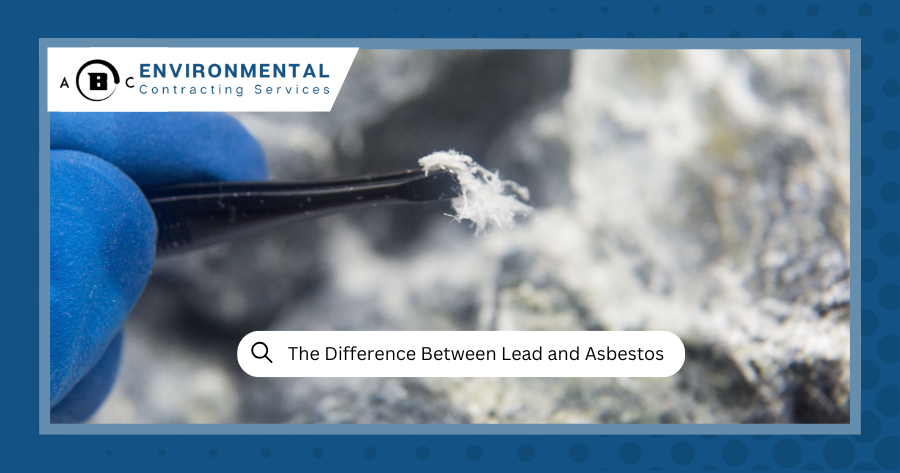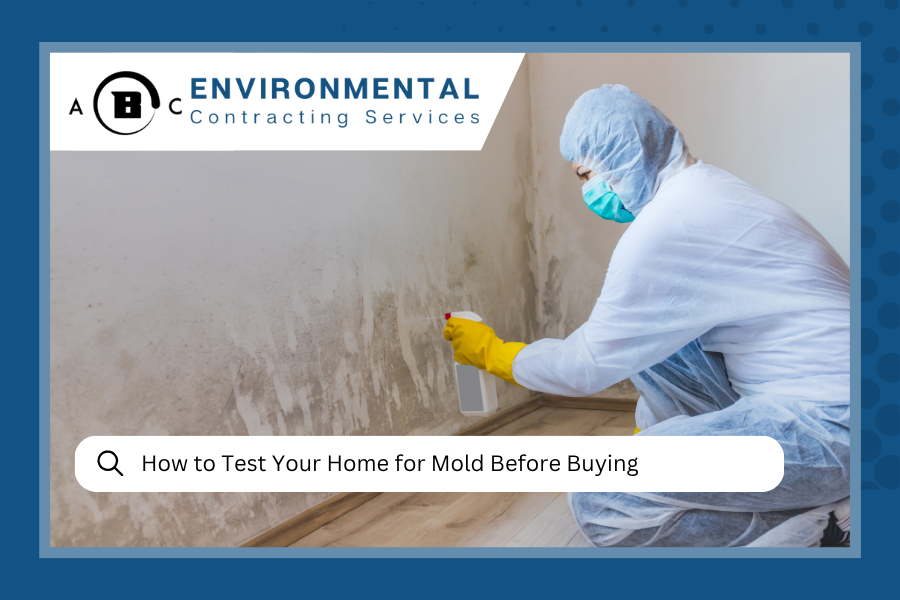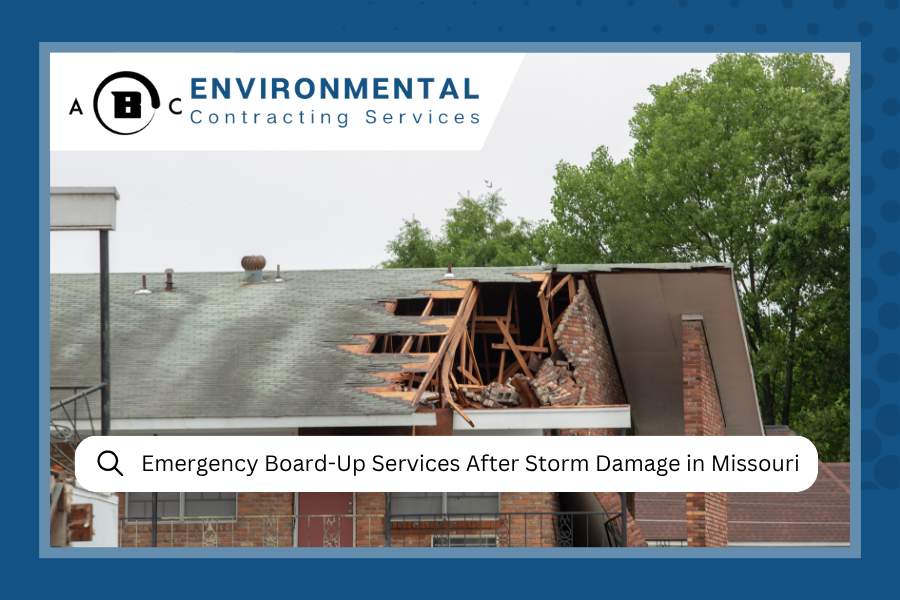
The Key Difference Between Lead and Asbestos in Buildings
Both lead and asbestos were once widely used in homes and buildings across the country. Today, they're known for their serious environmental health and safety risks, but they're not the same. If you're not sure how to tell the difference between lead and asbestos, or what to do if you find them in your home, you're not alone. In older homes, especially during repairs or renovations, it's not uncommon for homeowners to run into issues that require professional help, like Springfield asbestos removal, to safely handle certain materials.
In this post, you'll learn what sets these hazardous materials apart and what to do if you're dealing with lead based paint or asbestos containing materials.
What's the Difference Between Lead and Asbestos?
Though both materials are tied to serious health risks, lead and asbestos come from different sources and affect the body in different ways.
- Lead: A Toxic Metal Found in Paint and Pipes: Lead is a toxic metal that was commonly used in lead-based paint, plumbing pipes, and even some flooring and window materials before 1978. It becomes dangerous when it deteriorates into lead dust, especially during renovations. Lead exposure is most dangerous to children and pregnant women, often causing developmental delays and other long-term health issues.
- Asbestos: A Natural Mineral Used in Building Materials: Asbestos is a naturally occurring mineral once prized for its fire resistance. It was used in insulation, floor tiles, roofing materials, and more. When these asbestos-containing materials break down, they release tiny fibers into the air. Breathing in these fibers can lead to lung cancer, mesothelioma, and other chronic respiratory diseases.
Health Effects of Lead vs. Asbestos
When it comes to old homes and buildings, the biggest risks often aren’t visible. Lead and asbestos may be hidden behind walls, under floors, or inside aging materials, and both can cause serious health problems if disturbed. While each one affects the body in different ways, the long-term impact can be life-changing. Here's a breakdown of what each one can do.
Lead Exposure
Lead is most dangerous when it turns into dust, from peeling lead-based paint or corroding old pipes. It's easy to breathe in or accidentally swallow, especially for young children. Over time, lead exposure can lead to nervous system damage, developmental delays, learning problems, and high blood pressure in adults. It's especially harmful during pregnancy and early childhood development.
Asbestos Exposure
Asbestos becomes a threat when materials like insulation, floor tiles, or roofing are disturbed and release fibers into the air. Breathing in those fibers over a long period can cause serious health issues like lung cancer, mesothelioma, and asbestosis. The danger with asbestos exposure is that the fibers are microscopic; you won't see or smell them, but they can stay trapped in your lungs for years.
OSHA classifies asbestos as a serious health hazard and outlines strict guidelines for its handling in homes and workplaces.
How to Handle Lead and Asbestos Safely
If you suspect there's lead or asbestos in your home, it's important not to disturb it. Scraping, sanding, or tearing into old materials can release harmful particles into the air, putting you and your family at risk.
Instead, contact a qualified professional who can safely assess the situation and recommend the right course of action. There are specific steps involved when it comes to managing hazardous materials like asbestos, including understanding what to do with asbestos and where to dispose of asbestos safely to avoid health and environmental issues.
Suppose you're planning renovation or demolition work in an older building. In that case, it's also worth reviewing how to remove asbestos from your home to avoid disturbing any hidden materials that could pose a serious health risk.
Why Professional Help Matters
Dealing with either of these hazards requires more than a DIY attitude. At ABC Environmental Contracting Services in Springfield, MO, we offer certified asbestos removal. Our team knows how to handle and dispose of dangerous materials properly, keeping your property safe and compliant with local and federal regulations.
Worried About Asbestos? Let ABC Environmental Contracting Services in Springfield Handle It
If you think your home or building might contain asbestos, don't wait until it becomes a bigger problem. At ABC Environmental Contracting Services in Springfield, we specialize in safe, professional asbestos removal. Our team knows how to handle hazardous materials correctly, keeping your property and your health protected.
Call today at (417) 302-3010 or fill out an online form to schedule an inspection and get peace of mind from the local experts.





